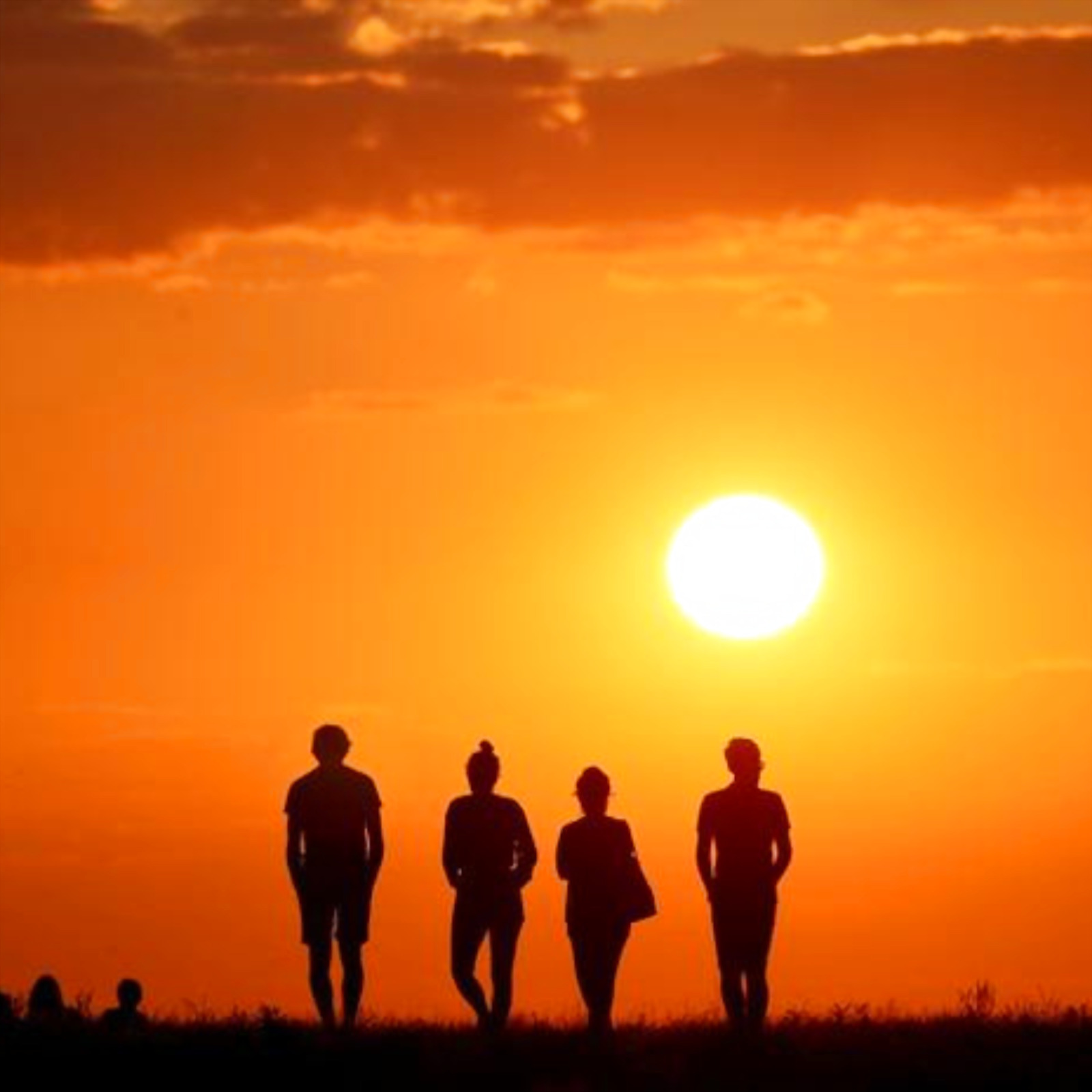
views
The majority of northeast, eastern, central, and portions of northwest India are expected to experience a scorching summer with “above normal” temperatures on Tuesday, according to the India Meteorological Department (IMD). According to an accompanying forecast map from the department, most of India is projected to experience heatwaves from March to May, with the exception of the northeastern States, Jammu and Kashmir, Uttarakhand, Himachal Pradesh, Kerala, and coastal Karnataka.
Amid unusual rise in temperatures in some places of the country, the Union Health Ministry on Tuesday issued an advisory, listing the dos and don’ts for protection against the expected heat wave. The list of ‘Dos and Don’ts’ comes after the IMD issued its first heat warning for 2023. As part of a national action plan on heat-related illness, the ministry has advised citizens to avoid high-protein food and cooking during the peak summer hours besides asking them to not get out in the sun especially between 12 noon and 3 pm.
However, what makes a heatwave deadly? It’s after the human body exceeds its wet bulb temperature that a heatwave could potentially kill you. News18 explains what it is:
What is wet bulb temperature?
The amount of heat and humidity that people can tolerate is one of the most critical hard limits of the effects of a heatwave. This is measured by scientists using the wet-bulb temperature, which is the greatest temperature at which water will not evaporate in a given quantity of humidity. It acts as a proxy for how efficiently the human body can regulate its temperature. The highest acceptable wet-bulb temperature for humans is 35 °C (95 °F) for six hours. Above that point, even healthy people begin to develop serious, often deadly health problems, according to a report by Vox.

On various times, regions in Iran, Pakistan, and India, all densely populated countries, have neared or surpassed this level. Climate change is increasing the number and severity of extreme heat events as global average temperatures rise. Since 1979, the number of areas on the planet reaching the human wet-bulb temperature limit has doubled, the report further explains.
A Deeper Look
Sweating is one of the body’s key cooling mechanisms when there isn’t enough moisture in the air. Our bodies control heat by releasing it in the form of water, which evaporates on the skin’s surface; for this water to evaporate into the atmosphere, it must flow in a gradient of high to low vapour pressure, explains the Insider in a report.
Sweating alone does not cool the body; heat must be removed from the body through evaporation. The pressure differential that would ordinarily allow perspiration to evaporate isn’t present when there’s enough water vapour in the environment. Without a conduit, sweat clings to the body and heats up indefinitely, increasing the risk of overheating and the body’s basic systems failing.

Wet bulb temperatures can reach a threshold where they are “beyond harsh for human tolerance,” as Radley Horton, Lamont Research Professor at the Columbia Climate School, described it in a 2020 study in the peer-reviewed journal Science Advances. His research states that a wet bulb temperature of 35 degrees Celsius (95 degrees Fahrenheit) is the upper physiological limit. A temperature of more than 35 degrees Celsius is lethal, the report mentions.
And it’s impossible to escape such effects…even with unlimited water and shade
“Even if they’re in perfect health, even if they’re sitting in the shade, even if they’re wearing clothes that make it easy in principle to sweat, even if they have an endless supply of water,” Horton is quoted as saying the report.
“If there’s enough moisture in the air, it’s thermodynamically impossible to prevent the body from overheating.”
India and Wet Bulb Temperature Limits
Researchers from Columbia University in New York have found that hotspots in “eastern coastal India” and “northwestern India” were in the highest 99.9%ile of the wet-bulb temperature (with a minimum of 31 degree C) based on weather data collected from 1979 to 2017, according to a report by the Wire.
More broadly, at least one study found that maximum wet-bulb temperatures in parts of Central America, North Africa, the Middle East, Northwestern and Southeastern India, and Southeast Asia have already approached or crossed the 35o C threshold, contrary to our belief in 2010 that such temperatures were still a long way off.
The concept entails a deeper response into heatwaves and its troubles
The general limit of heat we should live in is 35°C wet-bulb temperature, which is a measure of both air temperature and humidity. Beyond this, the body struggles to cool itself.
Many communities in northern Mali, for example, must make due with a three-month rainy season, from July to September. Temperatures reach 50°C for the rest of the year. The ramifications have been disastrous, affecting human health, agriculture, and cattle production. Younger generations have no choice but to flee because they are unable to survive under these circumstances, according to a report in Reuters.
Extreme heat can be dangerous to one’s health. Heat stress causes the body to reroute blood flow to the skin and produce sweat, which cools the body. These fluctuations in blood flow put more strain on the heart, making it work harder. More sweating can promote dehydration, which reduces blood volume, putting additional strain on the heart and causing damage to organs like the kidney.

But excessive heat has received less attention than other climate hazards like flooding and drought, the report states.
The 26th Conference of the Parties to the United Nations Framework Convention on Climate Change (COP26) gives a chance to focus more closely on the health implications of excessive heat in African countries and abroad. Special focus should be devoted to how vulnerable groups such as women, newborn children, and the impoverished might be assisted in dealing with or mitigating these impacts.
Scary Reality
People will be affected in a variety of ways as temperatures rise.
Heatwaves, which are defined as multiple days of unusually hot weather accompanied by high humidity, increase the risk of death from heatstroke. When the body is unable to regulate its temperature, it rapidly climbs to 40°C or more, causing internal organ damage.
It also indicates that persons with specific illnesses, such as kidney or respiratory problems, are more likely to die, the Reuters report states.
Infectious diseases such as malaria and dengue fever will spread more quickly when temperatures rise. This is because more places will be ideal for vectors, such as malaria-carrying mosquitoes.
Drought will worsen as the temperature rises, resulting in crop loss and livestock mortality. This will result in undernutrition and malnutrition, particularly in children, with greater rates of stunting or worse. Malnutrition is expected to rise significantly in Sub-Saharan Africa, according to projections based on climate changes. For example, by 2100, it is estimated that the prevalence of wasting will have increased by 37% in western Africa and 25% in central and eastern Africa.
With inputs from Reuters
Read all the Latest Explainers here


















Comments
0 comment